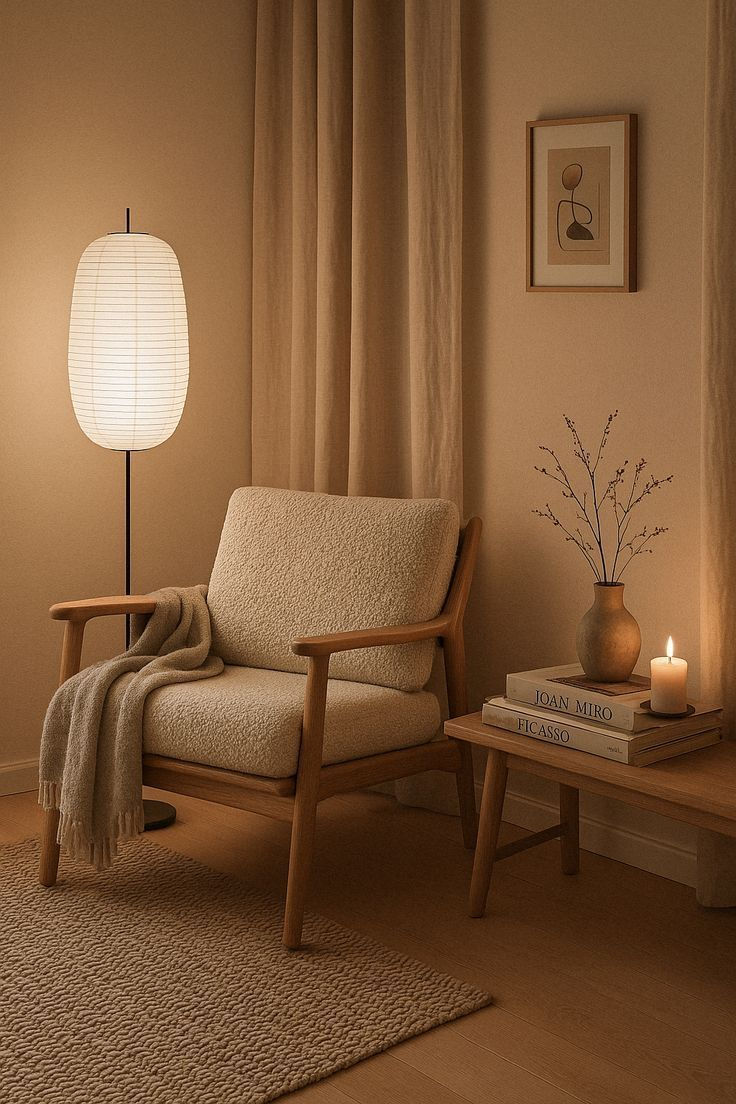
Lighting Design 101
Discover how lighting design transforms interiors with layering, ambient, task, and accent lighting. Learn techniques to create mood, enhance function, and add timeless style to your space.
By S3 Design Hub


Lighting is often called the unsung hero of interior design. It doesn’t just brighten a room — it shapes mood, defines function, and elevates aesthetics. The same space can feel cozy, dramatic, or sterile depending on its lighting scheme. Understanding the principles of lighting design can help you make thoughtful choices that transform any home or office.
Types of Lighting: The Building Blocks
Good lighting design starts with understanding the three main types of light:
Ambient Lighting – The general illumination of a room. Think ceiling-mounted fixtures, recessed lights, or even natural daylight. It sets the overall brightness level.
Task Lighting – Focused lighting for specific functions like reading, cooking, or working. Examples include desk lamps, under-cabinet lights, or pendant lights over a kitchen island.
Accent Lighting – Decorative or dramatic light that highlights features like artwork, architectural details, or textured walls. Spotlights, track lights, or LED strips often do this job.
Each type plays a distinct role, and the magic happens when they’re layered together.
Creating Depth and Dimension by Layering
A well-lit space doesn’t rely on a single source. Layering — combining ambient, task, and accent lighting — adds depth and flexibility. For example, in a living room, ceiling lights can set the overall tone, table lamps can provide focused light for reading, while wall sconces or floor lamps create mood and highlight textures.
The goal is balance. Too much ambient light feels flat, while only task lighting can make a space harsh. Layering allows you to adapt the lighting to different times of day and different activities.
Light as an Emotional Tool
Lighting directly influences how we feel in a space. Warm tones (yellow-orange light) create intimacy and relaxation, while cooler tones (blue-white light) enhance focus and alertness. Dimmable fixtures offer flexibility to shift from bright, energizing mornings to soft, ambient evenings.
Even small adjustments — like adding candles, fairy lights, or adjustable floor lamps — can completely alter a room’s atmosphere. That’s the power of light: it tells your brain how to feel.
Practical Tips for Effective Lighting Design
Use natural light whenever possible; position mirrors opposite windows to reflect brightness.
Choose LED fixtures for efficiency and longevity.
Install dimmers to give yourself control over intensity.
Don’t ignore corners — accent lighting can make a small space feel larger.
In offices, use cooler task lighting for focus, but balance it with warm ambient tones for comfort.
Designing Beyond Fixtures
Lighting is a design tool that shapes how we experience space. By combining types, layering thoughtfully, and aligning light with mood, you can turn any room into an adaptable, expressive environment.
At S3 Design Hub, we see lighting as an essential layer of storytelling in design, one that transforms spaces, and the lives lived within them.




